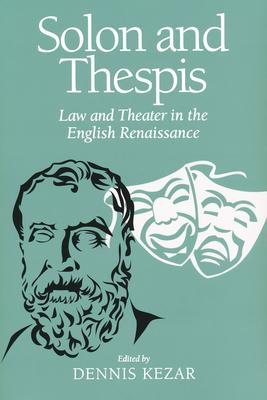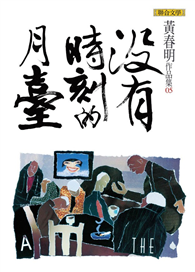This volume contains contributions by literary critics and historians who demonstrate that theater and law were not simply relevant to each other in the early modern period; they explore the physical spaces in which early modern law and drama were performed, the social and imaginative practices that energized such spaces, and the rhetorical patterns that make the two institutions far less discrete and far more collaborative than has previously been recognized.
| FindBook |
有 1 項符合
Solon and Thespis: Law and Theater in the English Renaissance的圖書 |
 |
Solon and Thespis: Law and Theater in the English Renaissance 出版社:University of Notre Dame Press 出版日期:2022-09-30 語言:英文 規格:精裝 / 302頁 / 普通級/ 初版 |
| 圖書館借閱 |
| 國家圖書館 | 全國圖書書目資訊網 | 國立公共資訊圖書館 | 電子書服務平台 | MetaCat 跨館整合查詢 |
| 臺北市立圖書館 | 新北市立圖書館 | 基隆市公共圖書館 | 桃園市立圖書館 | 新竹縣公共圖書館 |
| 苗栗縣立圖書館 | 臺中市立圖書館 | 彰化縣公共圖書館 | 南投縣文化局 | 雲林縣公共圖書館 |
| 嘉義縣圖書館 | 臺南市立圖書館 | 高雄市立圖書館 | 屏東縣公共圖書館 | 宜蘭縣公共圖書館 |
| 花蓮縣文化局 | 臺東縣文化處 |
|
|
圖書介紹 - 資料來源:博客來 評分:
圖書名稱:Solon and Thespis: Law and Theater in the English Renaissance
|











